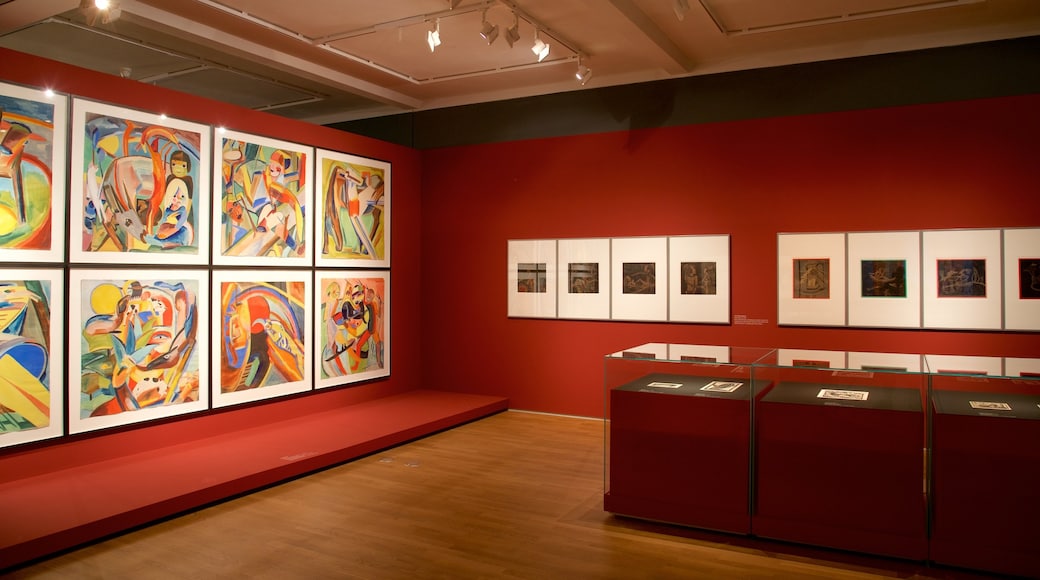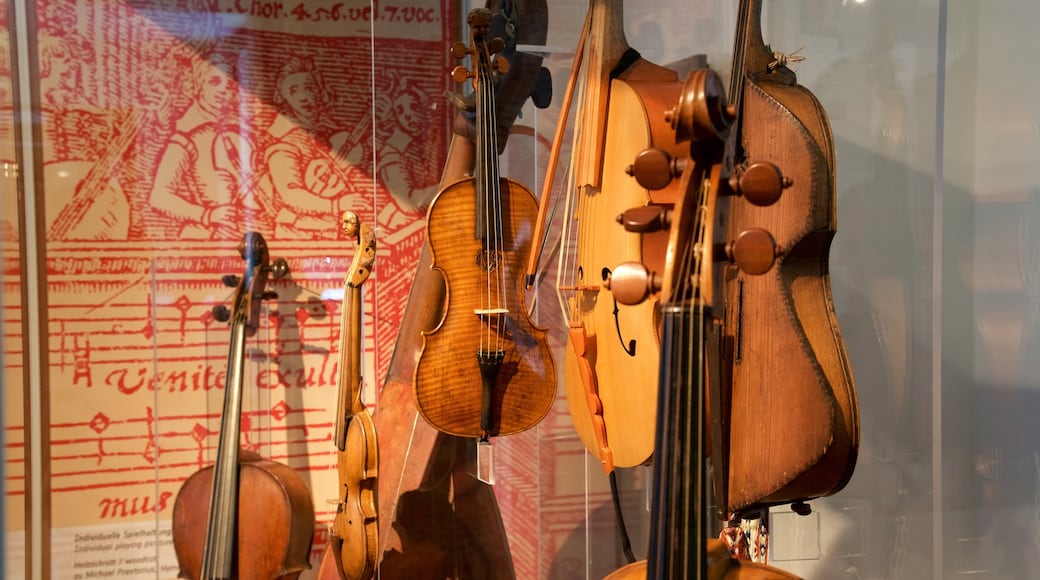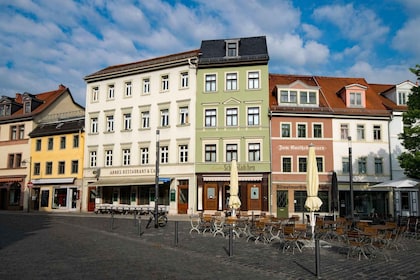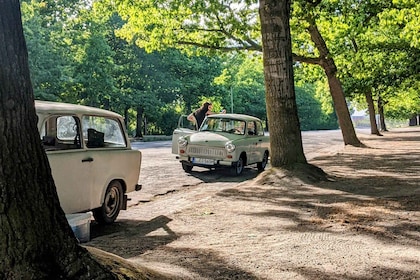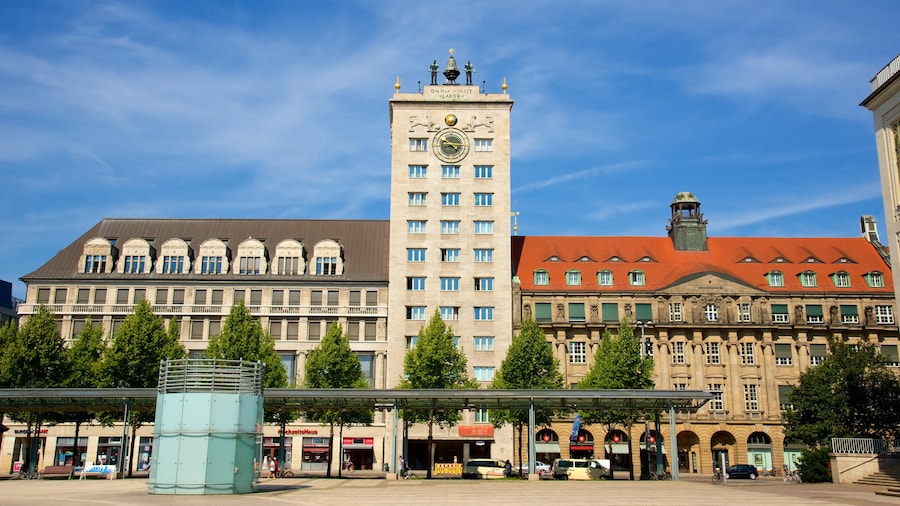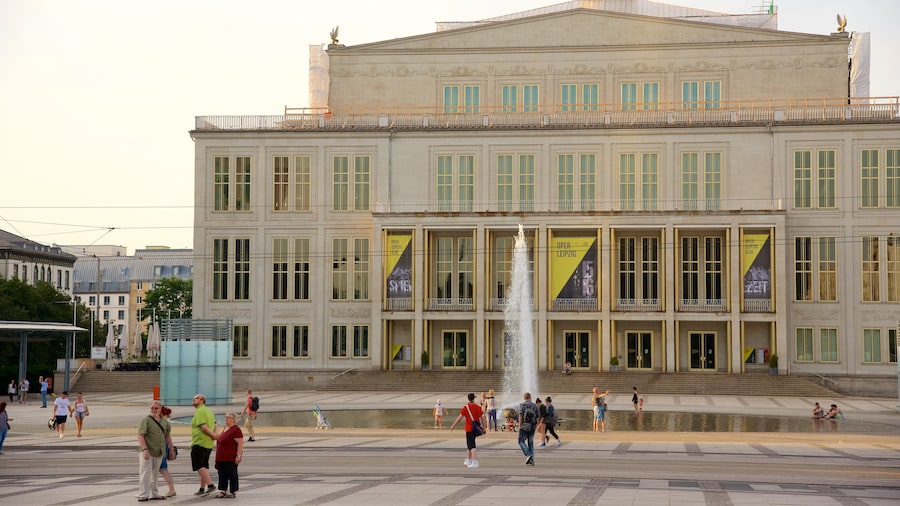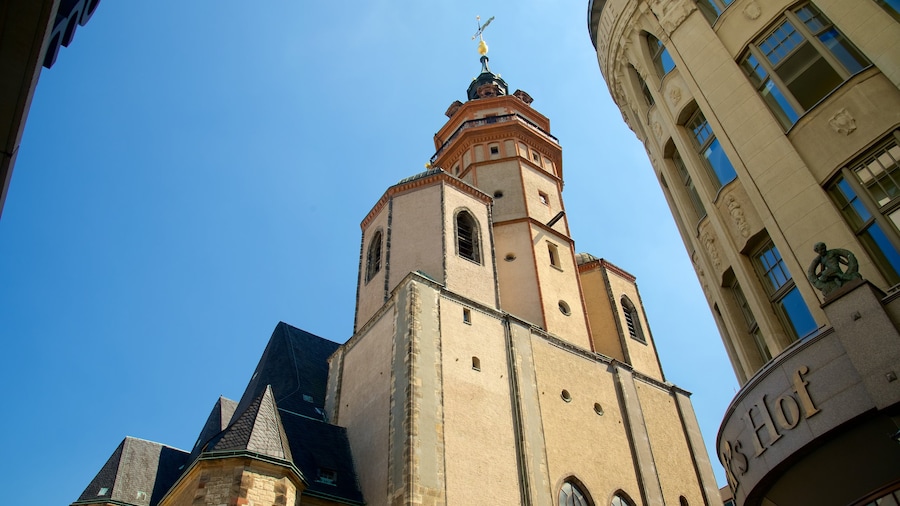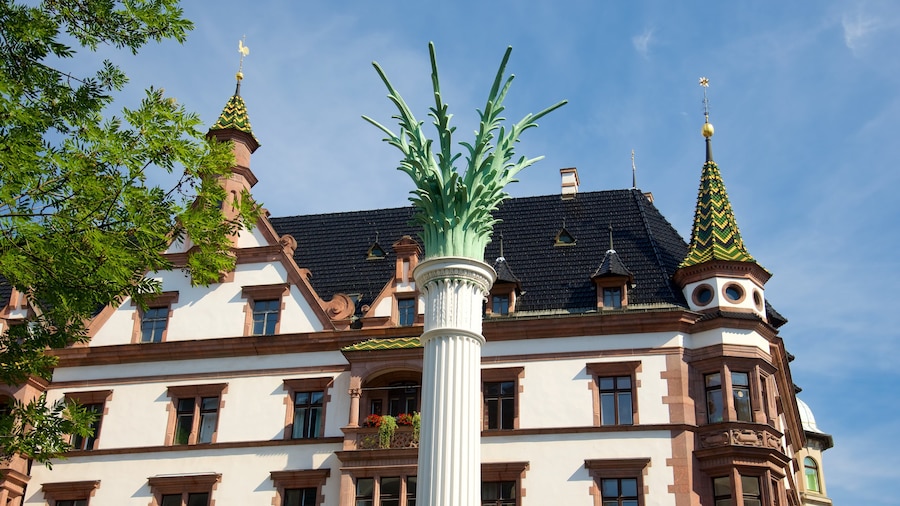Surround yourself with different facets of culture and history in a complex that houses three different museums dedicated to music, art and anthropology.
Leipzig’s stunning Grassi Museum is not actually one museum, but three: the Museum of Musical Instruments, the Museum of Applied Arts and the Museum of Ethnography. Take time to explore all of these fascinating cultural attractions, each housed in light and spacious galleries.
Discover the legacy of Franz Dominic Grassi, an Italian merchant who donated a fortune to Leipzig in the late 19th century. The money led to the start of the collection that later became the Grassi Museum. Architect Hubert Ritter designed the elegant building that houses the galleries, which were built between 1925 and 1929.
The Museum of Applied Arts documents the changing styles of design throughout the centuries. Find out how humans have related to art throughout the ages, starting in antiquity. See classical sculptures and religious artworks before learning about more recent movements such as art nouveau and modernism. One exhibit charts the influence of Asian art on Western designs.
Discover what a cittern is and what harmonic order should sound like in the Museum of Musical Instruments. Follow musical history through 13 chapters, which include a look at Renaissance craftsmanship and a treasure room of exceptionally precious musical instruments. Try making music yourself in the Klanglabor, the museum’s sound laboratory.
The Museum of Ethnology focuses on different cultures and communities all across the world. See how people from different cultures dress, celebrate and mourn in galleries that display a global array of artifacts. Read about shamanism, examine Buddhist art and admire jewelry from the Far East. Rotating exhibitions offer examinations of different world cultures throughout the year.
The Grassi Museum is open from Tuesday to Sunday and is located just 15 minutes away from Leipzig Central Station on foot. Regular tram services run to adjacent streets. Tickets are available both for the individual museums and as a combination price for all three.



